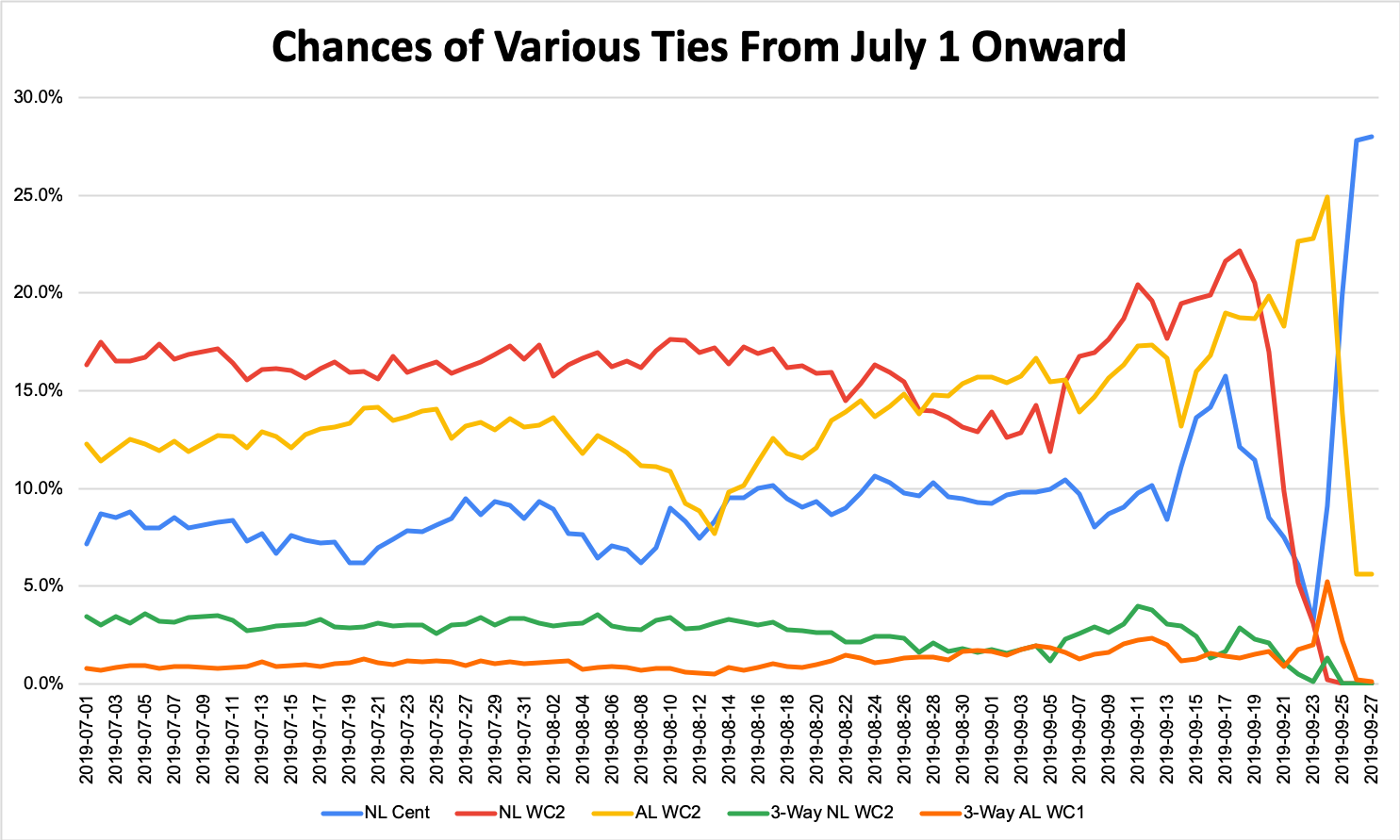Wearing his emotions on his sleeve start to finish — from the moment that he walked through the bullpen door to chants of “Let’s go, Félix!” to his own tearful salute to the fans upon being pulled with one out in the sixth inning — on Thursday night at T-Mobile Park in Seattle, Félix Hernández made the 418th and likely final start of his 15-year run with the Mariners. He tipped his cap to the King’s Court upon entering, fell behind early while struggling with his command and control, strutted a bit after a strikeout, exulted in Dylan Moore’s spectacular, run-saving catch to end the fifth inning, competed like hell with a tenacity that far outstripped his stuff, and then bowed to the frenzied crowd of 20,921 before exiting the field. Some 2,800 miles way in Brooklyn, watching the outing on my office TV as I pecked out an article full of objective measures regarding his place in history, I struggled to keep it together. I can only imagine how Mariners fans felt.
It’s an understatement to say that the parting of Hernández — whose seven-year, $175 million contract has run its course — and the rebuilding Mariners is a bittersweet moment for the pitcher, the team, and their long-suffering fans, or fans of great baseball players in general. There’s certainly plenty of reason to ponder the peaks of his run and recall the good times, the hopes he represented as a teenaged arrival on a team whose championship aspirations had been so often thwarted. His dazzling combination of an electrifying, darting sinker, a knee-buckling curve, and a signature hard changeup propelled him to a Cy Young award, two ERA titles, six All-Star appearances, a perfect game, and 2,524 strikeouts. He arrived as “King Félix,” and grew into the moniker. From 2009-14, he was the best pitcher in the American League by ERA, FIP, strikeouts, and WAR.
For as cool as all of that was, the reality is that this sendoff is as much about Hernández’s decline as his stardom, and the ache and sorrow over close calls and missed opportunities that have deprived him of a chance to test his mettle in the postseason. He’s no Ernie Banks, hanging around into his 40s in a reduced role at a new position. This parting is all happening more than six months before the pitcher’s 34th birthday, an age when he should still be a productive major leaguer if not necessarily one at the pinnacle of his career. Perhaps he still can be, but his recent performance doesn’t suggest it, not with a season ERA that has almost literally tripled since 2014, when he netted his second ERA title and finished as the runner-up in the AL Cy Young voting for a second time. For the first 12 years of his career, he was clearly on a Cooperstown-bound path, but there’s little to indicate he can continue traveling that road.
The rare 21st century pitcher to debut before his 20th birthday — Dylan Bundy, Elvis Luciano, and Julio Urías are the others — Hernández got an early start towards stardom. While pitchers who debut at that tender age have a leg up when it comes to reaching the Hall of Fame just as their position-playing counterparts do, the effect is not as great. I noted in connection with Ronald Acuña Jr.’s debut last year that 25 of the 244 players who had at least one plate appearance in their age-19 seasons (10.2%) wound up in Cooperstown, about 8.7 times the overall rate (1.18%). For pitchers active in their age-19 seasons, the total is 17 (not counting Babe Ruth, who converted to position playing) out of 296 (5.7%), about 4.9 times the overall rate. It’s a reasonable assumption that the difference between the two rates owes a fair bit to some combination of injury rates and workloads as they relate to young pitchers, but that’s a question for another day. Read the rest of this entry »

